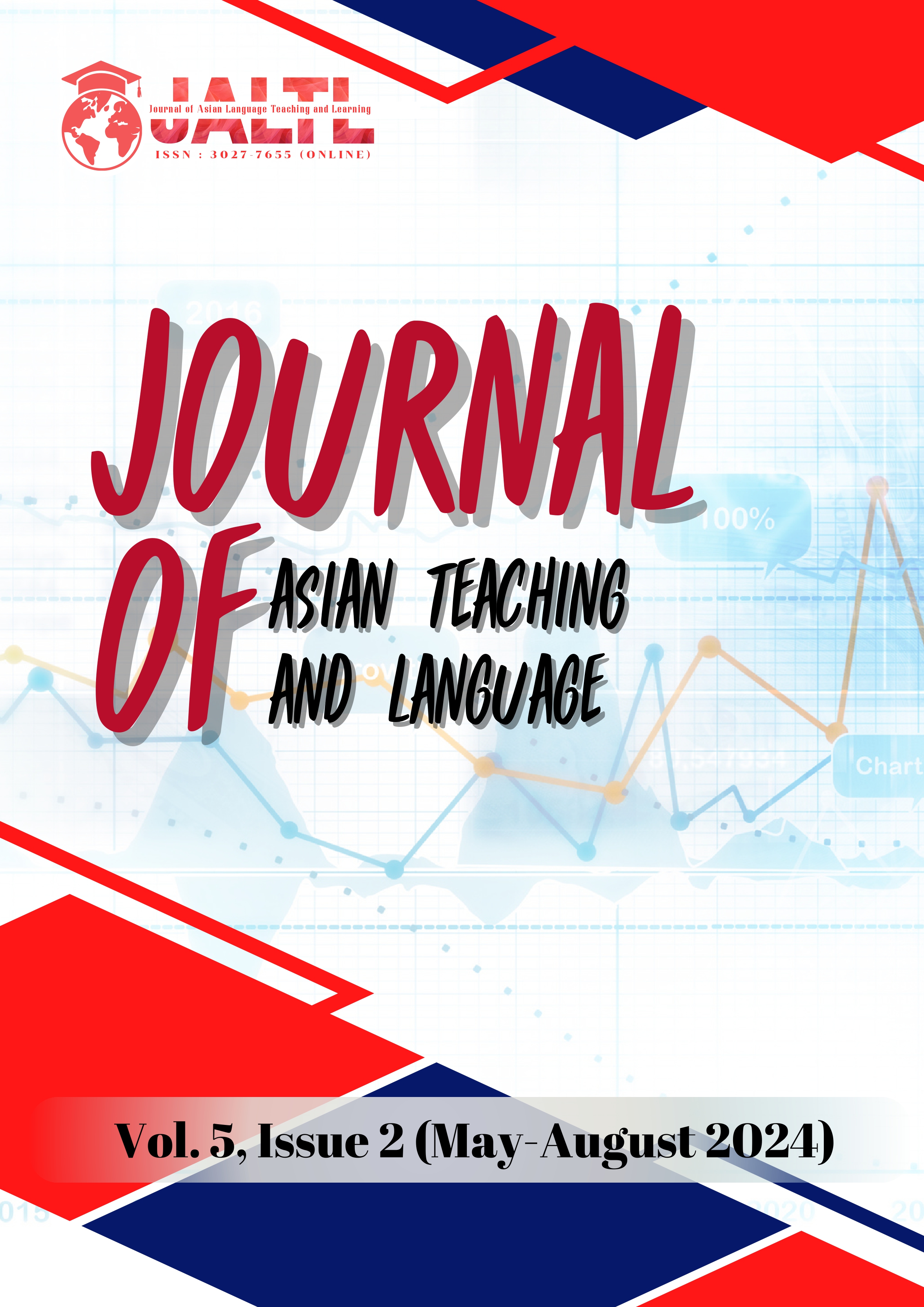The World Cultural Content Analysis of English in an TOEIC Commercial Self-Access Material
Main Article Content
Abstract
This research aims to investigate the cultural components pertaining to World English as they are presented in the listening and reading segments of a self-directed TOEIC study resource. This is qualitative research. The samples were two TOEIC textbooks: Tactics for the TOEIC Test- Reading and Listening Test, and Introductory Course: Student's Book (P) Essential Tactics and Practice. The research tool was a check-list. Data were collected and then analyzed by content analysis. The findings revealed that the study resource includes a variety of accents, such as American, British, and Australian. However, accents from non-native English-speaking countries are underrepresented. The listening materials often refer to cultural practices, holidays, and idiomatic expressions common in the US and UK, with occasional mentions of Australian contexts. Scenarios in the listening exercises predominantly feature business meetings, customer service, and social interactions typical of the western settings. Language Use found that Vocabulary and idiomatic expressions are largely drawn from American and British English, with some Australian terms. Compared to resources for IELTS or TOEFL, which may include a broader range of accents and cultural references, the TOEIC materials seem somewhat limited in their representation of World English.
Article Details

This work is licensed under a Creative Commons Attribution-NonCommercial-NoDerivatives 4.0 International License.
References
Crystal, D. (2003). English as a global language (2nd ed.). Cambridge: Cambridge University Press.
Gao, F. (2006). Language is culture--on intercultural communication. Journal of Language and Linguistics, 5(1) 58–67.
Kirkpatrick, A. (2012). English in ASEAN: Implications for regional multilingualism. Journal of Multilingual and Multicultural Development, 33(4), 331-344.
Jenkins, J. (2003). World English: A resource book for students. London: Routledge.
Kramsch, C. (1998). Language and culture. Oxford: Oxford University Press.
Lee, K.Y. (2009). Treating culture: What 11 high school EFL conversation textbooks in South Korea. English Teaching: Practice and Critique, volume 8, pp. 76–96.
McKay, S. L. (2003). Toward an appropriate EIL pedagogy: Re‐examining common ELT assumptions. International journal of applied linguistics, 13(1), 1–22.
Nault, D. (2006). Going global: Rethinking culture teaching in ELT contexts. Language, Culture and Curriculum, 19(3), 314–328.
Peacock, M. (2001). Match or mismatch? Learning styles and teaching styles in EFL. International Journal of Applied Linguistics, 11(1), 1–20.
Seidlhofer, B. (2011). Understanding English as a Lingua Franca. Oxford: Oxford University Press.
Yure, P. (1996). A course in language teaching: Theory and practice. Great Britain.
Wu, J. (2010). A content analysis of cultural content in the EFL textbooks. Canadian Social Science, 6(5), 137–144.
Xiao, J. (2020). Cultural contents of an in-use EFL textbook and English Major Students’ attitudes and perceptions toward culture learning at Jiangxi University of Science and Technology, China. Unpublished master’s thesis, Prince of Songkla University, Songkhla, Thailand.

